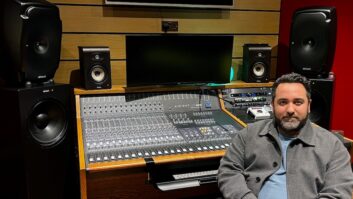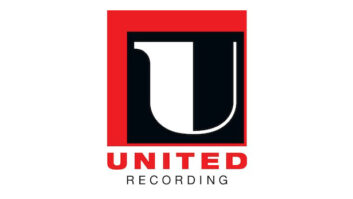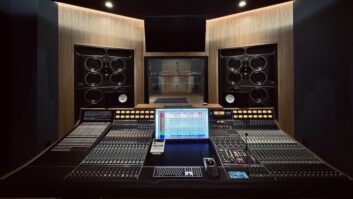After 20 years in the same residential, basement location, I moved my project studio in August of 2017. I somehow managed to finally buy a house in the red-hot real estate market of Charlotte NC, build a new four-room basement studio and hoped to settle-in for a nice, relaxing final act to this long audio career. Things had been going largely as planned until Hurricane Florence came through a few weeks ago and, combined with my negligence, damn near ruined everything.
I should say “Tropical Depression Florence,” because by the time she got to Charlotte, NC (three hours in from the coast), she was significantly weakened and didn’t hit with the deadly force that was dealt the Wilmington, NC area…where our beach vacation was planned before it got abruptly and undeniably cancelled due to forced evacuations. The storm pretty much sat still over the Carolinas and dumped an estimated 11 trillion gallons in a five-day span (they’re calling it a once-in-a-100-years storm for this area). Even though the property never completely flooded due to the sloped terrain, the low ground on one end got completely soaked and stayed that way for days.
The new studio construction included the replacement of a garage door with a cinderblock wall and it had withstood some pretty severe thunderstorms in my first year—but I never did complete all the waterproofing in a couple of hard-to-get-to areas, nor did I complete the grading that I kept putting off for a million different reasons….

Once that soil was holding all the water it could, the water percolated through the cinder block and found its way through some tiny leaks in the mortar. Water started to come in surprisingly quickly as we rushed to the Home Depot to get a pump, wet vac and supplies. The little 1/6 HP Everbilt pump they recommended didn’t look like much (especially for only a C-note), but I’ll be damned if that thing didn’t suck the water right out of there pronto.
For about four hours in the peak of the storm, it was touch and go as we just kept pumping water out as fast as it came in. We stayed mostly ahead of the game, but still had a studio with (at its worst) about 1.5” of water in some places and a little water almost everywhere. But the things that really saved my remaining gear (that I hadn’t already evacuated to higher ground right when the storm decided to sit and spin) were the casters. Every rack, every guitar rig, the bass rig, mic cases, storage cabinets, the custom workstation furniture…all on wheels and completely unharmed. Finally, the storm relented and we were able to quickly remove the remaining water with the pump (and a wet vac—both did a fine job and get my full endorsement, so they’re pictured here) and start assessing damage.

I was expecting the worst, having seen the devastation at the coast and the filthy waters on all the news stories, but this wasn’t even in that league as the penetrating water was pretty clear, not polluted, and it apparently didn’t get much of a chance to soak in and damage things. The new drywall walls went undamaged; no stains, crumbling or any signs of moisture retention. We ran a fleet of fans during and after the flooding, with electrical suspended from above, and they dried things out far faster than I thought possible. In the end, I got really lucky and lost no audio equipment, especially since I do not have flood insurance.
Flood insurance is not part of your home owner’s insurance and such insurance is actually provided by the government backed National Flood Insurance Program (which incidentally was created in 1968 and is now about $25 billion in debt). However, the policy is actually administered by your home owner’s insurance agency. Costs are reportedly reasonable, averaging about $700/year and you can get more information at https://www.floodsmart.gov
Since the flooding (and the arduous process of having to move and clean-up around every single thing), I have completed that exterior water-proofing, brought in a truck-full of dirt and completed that grading to best route water away from the house. Would it be enough in the event of another 100-year storm? That’s hard to say—even though the proper precautions are now taken, I’ll never forget just how much water was out there during that storm.
It’s easy to dismiss it all now since things worked out so well in the end, but when it was going down it was scary and humbling. I felt like a total dumbass who had potentially risked everything I’ve worked for 25-plus years by neglecting the most basic of responsibilities: completing the waterproofing, completing the grading…simply finishing the job. I hope that you can learn from my mistakes and look into flood insurance even if you’re reasonably far from a flood zone (like I was), get EVERYTHING elevated off the floor and complete whatever it is on your “to-do” list before it comes back to bite you in the backside!
As of the completion of this blog, Hurricane Michael is bearing down on the Florida panhandle and expected to reach the Carolinas (from the west this time) and deliver about 10 inches of rain. Here we go again….







